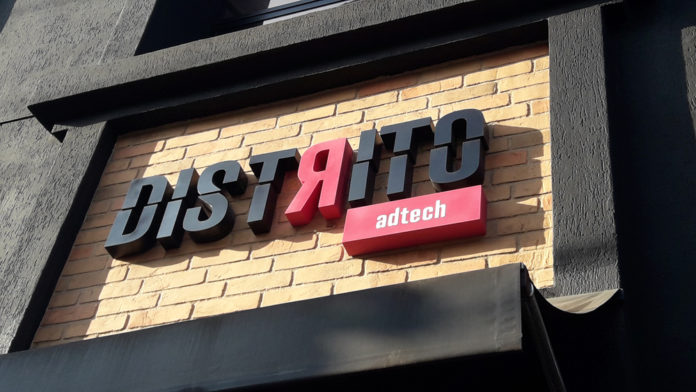The economic impact of COVID-19 has exacerbated the challenges small, independent marketing and advertising agencies were already facing before the pandemic hit. The combination of compression in margins and fee pressures had forced staffing cuts, which in turn stretched an already lean staff even thinner. Concurrently, many were also struggling to assert their position as a creative and strategic value, rather than just an execution shop.
Now as businesses slowly climb their way back, non-hold-company marketing agencies desperately need solutions to help them work more efficiently, to provide even more value with less time and minimal financial investment. With budgets already slim, no one has the cash for the high seat fees and bloated, static solutions offered by most big-name buying platforms. Instead, small shops need fast, affordable, dynamic tools that deliver the intelligence and flexibility that make up the hallmark benefits of working with a small, agile, scrappy shop.
Fortunately, a new breed of complete, automated media planning solutions is putting the tools agencies need to be competitive at their fingertips. With end-to-end tools that enable campaign planning, execution, management, and reporting all in one place, these full-service platforms allow small teams to work faster, save time, and do more with less. Here’s how:
- Data-driven strategies: Rather than spending hours and days researching which audiences, outlets, and devices to target, small shops can leverage the rich data insights that fully automated platforms offer to intelligently plan the right strategy in a fraction of the time. Using historical data, these tools help small shops use business intelligence to ensure topline results for any industry vertical.
- Automated proposal creation: Based on that data, full-service platforms can then automatically generate a client proposal pulling from a database of presentation materials and options, including full customization and branding for the client. This makes it extremely easy to quickly create polished proposals, cutting a process that typically takes three weeks down to about 20 minutes. And, the built-in data insights can also help to surface new ideas along the way for added creative value.
- One-click IO and trafficking: When you’re ready to pull the trigger, the platform goes to work, executing IO and trafficking across hundreds of inventory sources all from within a single dashboard. That means one staff member can easily manage the entire execution, making the most of lean resources.
- Real-time reporting: Having access to real-time campaign analytics is extremely valuable, and automated tools that deliver this capability give small shops instant insights that let them track against KPI and business goals. That means no more spending hours compiling 17 different Excel sheets to create a single pie chart; instead the team gets minute-by-minute data with zero labor. This saves a tremendous amount of time, and as a bonus, makes even the smallest team look like rock stars to the client.
- Ability to change on the fly: This real-time reporting and automated trafficking also means small shops can pivot as needed to optimize campaign results. With just a few clicks, it’s easy to make mid-flight adjustments to targets, products, spend level, and more as needs change, instead of requiring multiple staff members to scramble to make manual modifications.
- Adaptable to new demands: Perhaps of greatest value, these all-in-one cloud-based platforms are adaptable to agencies’ changing needs. Unlike more traditional static, monolithic software, these real-time platform providers evolve their products constantly, offering new features and updates based on client needs and feedback. For small shops, that means you get a tool that grows and evolves with you, instead of being locked into an off-the-shelf software with little to no support.
By leveraging these modern, real-time, automated platforms, small agencies and in-house marketing teams can work faster, more efficiently, and make the most of precious resources. This not only means small teams can operate like big players, but they can also do more with less to maximize performance, client satisfaction, and profitability.
David Zapletal is the Chief Innovation & Media Officer, Digital Remedy.
Adtech marketing stock photo by Jo Galvao/Shutterstock







